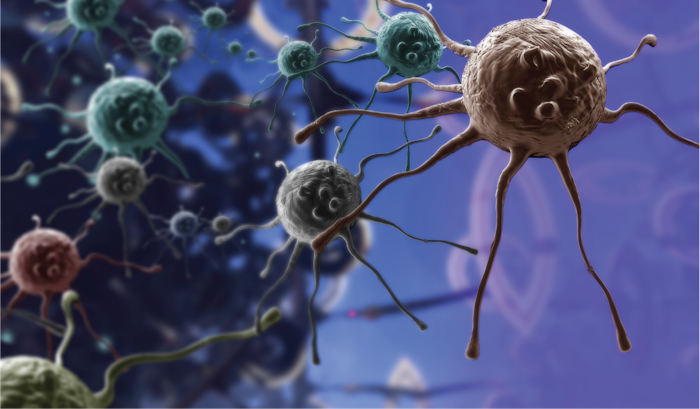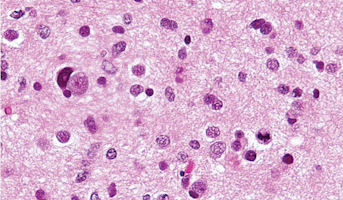Elucidating the Role of Driver Mutations in Pediatric High Grade Glioma
Email Principal Investigator

Thomas De Raedt
CBTN Specimen
CBTN Participants
CBTN Samples
CBTN Pre-clinical Models
Backer
Internal funding
CDMRP neurofibromatosis program
About this
Project
Pediatric high grade gliomas (pHGG) are a devastating disease. In recent years it has become evident that pHGG dramatically differs genetically and molecularly from adult HGG and different drivers have been identified for each. Chemotherapeutics and targeted agents used in adult glioblastoma studies have not been shown to benefit such tumors in the pediatric population. To develop therapies for patients with pHGG, researchers must study how mutations in specific genes may cooperate. Researchers in this field also must discover which pathways are key for tumor progression so they can be targeted by therapeutics. For this project, researchers are focusing on a subset of pHGG that are driven by an activated RAS pathway due to mutations in the genes NF1, SETD2, and/or ATRX. These mutations also often occur together and can promote tumor growth and survival. The goals of this project are to deconstruct how SETD2 and ATRX mutation drives pHGG formation, investigate therapeutic sensitivities of pHGG, and determine if loss of NF1, ATRX or SETD2 alters the tumor immune microenvironment. The Children’s Brain Tumor Network has a large number of pHGG cell lines and specimens that are not available elsewhere and will be integral to this work.
Ask The
Scientists
What are the goals of this project?
Researchers on this project will explore how cancer hijacks our cell’s normal growth signals and mutates them to drive pHGG formation and survival in an effort to highlight opportunities for therapeutic advancement.
What is the impact of this project?
By answering the questions posed by researchers, this project could lead to great advancements in potential new therapeutic approaches.
Why is the CBTN request important to this project?
Specimens of the subtype and quality necessary for this work are rare, making the Children’s Brain Tumor Network’s provision of such samples integral.
Specimen Data
The Children's Brain Tumor Network contributed to this project by providing cell lines and tissue for cell line generation.
Meet The
Team
Sandro Santagata, Harvard Medical School




